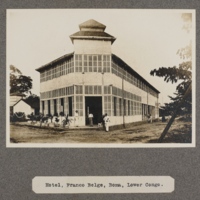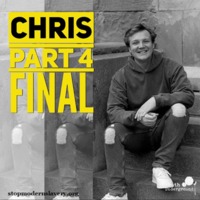
Chris Bates
There are an estimated 403,000 people living in modern slavery in the United States (GSI 2018). Sex trafficking exists throughout the country. Traffickers use violence, threats, lies, debt bondage and other forms of coercion to compel adults and children to engage in commercial sex acts against their will. The situations that sex trafficking victims face vary, many victims become romantically involved with someone who then forces them into prostitution. Others are lured with false promises of a job, and some are forced to sell sex by members of their own families. Victims of sex trafficking include both foreign nationals and US citizens, with women making up the majority of those trafficked for the purposes of commercial sexual exploitation. In 2015, the most reported venues/industries for sex trafficking included commercial-front brothels, hotel/motel-based trafficking, online advertisements with unknown locations, residential brothels, and street-based sex trafficking. Chris Bates was trafficked for sex at 16 years old in the United States. He created a social media account after feeling isolated at school which drew attention from older men who offered to pay him for images of himself. After running away from home, Chris need money for rent and placed an advert with an escort agency which led to him being trafficked for commercial sexual exploitation. He was able to escape his exploitation and begin the process of healing after meeting his boyfriend. Chris tells of the struggles being a male survivor of sex trafficking and the role religion played in his trafficking story. Chris as set up a grassroots organization, Overcome Exploitation, to help male, trans, and non-binary people who have experienced any kind of exploitation.
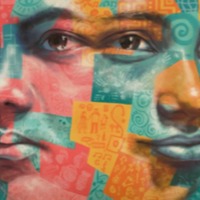
Dimitra
There are an estimated 89,000 people living in modern slavery in Greece (GSI 2018). Traffickers exploit people from Greece and aboard in the country. Women and children from Eastern and Southern Europe, South and Central Asia, China, Georgia, Iraq, Nigeria, and Russia are subjected to sex trafficking in brothels, on the street, in massage salons and in hotels. While people subjected to forced labour are primarily children and men from Africa, Eastern Europe and South Asia. Debt bondage is reported to occur in the agricultural industry in Greece. And the marginalised Romani children are forced to sell goods on the street, beg, and commit theft. Refugee and migrant travellers are at an increased risk of human trafficking and modern slavery. Dimitria was kidnapped as a child and her trafficker attempted to sell her organs. She was discovered by police after guests at the hotel where she was being kept made a noise complaint.

Anya and Katerina
There are an estimated 509,000 people living in modern slavery in Turkey (GSI 2018). As a source, transit and destination location for immigration, human trafficking is prevalent in the country. Trafficking victims in Turkey are primarily from Central and South Asia, Eastern Europe, Azerbaijan, Indonesia, Morocco, and Syria. Women are mainly trafficked to Turkey as sex workers. Anya and Katerina were trafficked to Turkey by a woman named Olga who offered them a job. She took them to a café where they were taken by men to an apartment. That first night they were told to get dressed for work, taken to a hotel, and forced into prostitution.
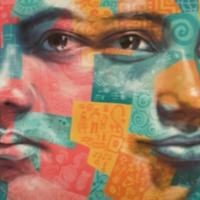
Afaafa
There are an estimated 328,000 people living in conditions of slavery in Kenya (GSI 2018). Men, women and children are subjected to exploitation amounting to modern slavery in forced labour and sex trafficking. Children are often subjected to forced labour in domestic service, agriculture, fishing, cattle herding, street vending and begging. They are also victims of commercial sexual exploitation throughout the country, in khat cultivation areas, near gold mines and along the highway and Lake Victoria. Moreover, those residing in Kenya's largest refugee camp Dadaab are often vulnerable. Men and women are often lured by employment agencies offering attractive job opportunities, then find themselves trapped in domestic servitude, massage parlors and brothels or forced manual labour. Afaafa was promised a modelling job outside Nairobi, however upon arrival was locked in a hotel room and forced into prostitution. Afaafa was subjected to sexual exploitation for over a month before she got hold of a phone and was able to call the police and escape.
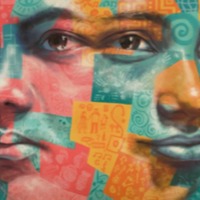
Ratree
There are an estimated 610,000 people living in conditions of modern slavery in Thailand (GSI 2018). The country is a source, destination and transit country for men, women and children subjected to forced labour and sex trafficking. Thailand’s commercial sex indusrty remains vast, increasing vulnerabilities for sex trafficking. Children are victims of sex trafficking in brothels, massage parlours, bars, karaoke lounges, hotels and private residences. People are trafficked from other Southeast Asian countries, Sri Lanka, Russia, Uzbekistan and some African countries. It is also a transit country for people from China, North Korea, Bangladesh, India and Burma. Ratree left her home village in Thailand at the age of 13 to look for work. She found a job working for a woman in a hotel, however the work turned out to be not how she had imagined. Ratree was forced to have sex with older men, subjected to sexual violence and rape daily. Ratree’s exploitation was finally ended when undercover police performed a raid on the hotel.
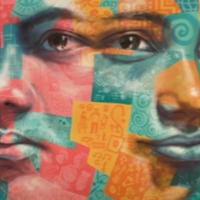
Romina
Countries in Latin America are source, transit and destination countries for trafficking in persons. People are exploited within their own countries and trafficked to other countries in the region, with Latin America being the primary source region for people trafficked to the United States. Major forms of trafficking in persons include commercial sexual exploitation of women and children, labour trafficking within national borders and among countries in the region, and the trafficking of illegal immigrants in Mexico and Central America. The two countries in Latin America and the Caribbean with the largest percentages of their population subjected to modern slavery, are Haiti and the Dominican Republic, according to the Walk Free Foundation. Romina was living on the streets with her father from the age of 9. One day her father was killed and Romina was put into the care of his friend Hugo. From the age of 13, Hugo trafficked Romina into commercial sexual exploitation. Romina was drugged and subjected to daily sexual violence until one day she was rescued during a police raid.
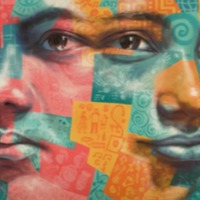
Lilis
There are an estimated 19,00 people living in conditions of slavery in Singapore (HIS 2018), however it has been noted that substantial data gaps exist for Central and East Asia subregions. Singapore remains a popular destination country for men, women and girls from other Asian countries subjected to sex trafficking and forced labour. Women are often lured to the country with promise of jobs, only to be forced in to commercial sexual exploitation. Singapore also remains a proponent of child sexual exploitation, with people traveling from outside the country to engage in child sex. Moreover, with much of the trade having moved online, it is becoming more difficult to identify and rescue victims. Lilis was 14 years old when she was convinced by her friends to travel to Singapore for work. However, upon arrival Lilis was taken to a hotel and forced to provide sexual services to men. Lillis was eventually able to escape when one of her customers realized she was being held against her will and helped her run away. Lilis found help at Hagar Singapore.
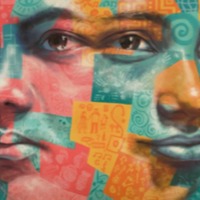
Tamara
Born in Armenia, Tamara was trafficked to the United Arab Emirates (UAE) where an estimated 10,000 women from sub-Saharan Africa, Eastern Europe, South and East Asia, Iraq, Iran, and Morocco are victims of sex trafficking. In addition, victims of child camel jockey trafficking still remain in the UAE: thousands of young boys have been trafficked from Pakistan, Bangladesh, Sudan, and Mauritania to work as camel jockeys, and though the UAE enacted a law banning the practice in July 2005, questions persist as to the effectiveness of the ban.
